Alex Miller
Alex Miller
Founder & CEO
304 Published Articles
Countries Visited: 34U.S. States Visited: 29
Founder and CEO of Upgraded Points, Alex is a leader in the industry and has earned and redeemed millions of points and miles. He frequently discusses the award travel industry with CNBC, Fox Business...
Edited by: Juan Ruiz
Juan Ruiz
Senior Editor & Content Contributor
416 Published Articles 1064 Edited Articles
Countries Visited: 41U.S. States Visited: 28
Juan has extensive experience in writing and editing content related to credit cards, loyalty programs, and travel. He has been honing his expertise in this field for over a decade. His work has been ...
& Keri Stooksbury
Keri Stooksbury
Editor-in-Chief
70 Published Articles 3692 Edited Articles
Countries Visited: 54U.S. States Visited: 28
Editing with Upgraded Points for over 6 years, as editor-in-chief, Keri manages the editorial calendar and oversees the efforts of the editing team and over 20 content contributors, reviewing thousand...
![The Global Entry Program: From Application to Airport [+ Map of Locations & Kiosks]](https://upgradedpoints.com/wp-content/uploads/2017/07/Global-Entry-Kiosks.jpg?auto=webp&disable=upscale&width=1200)
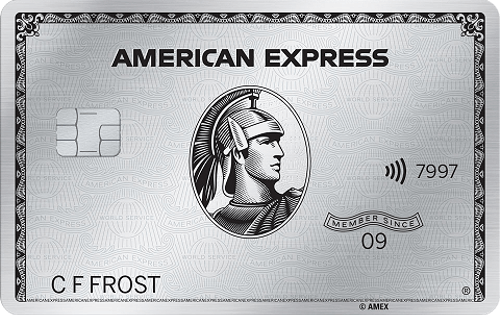
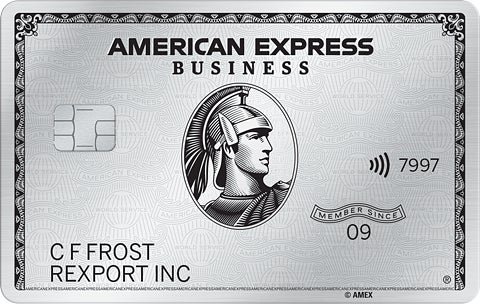
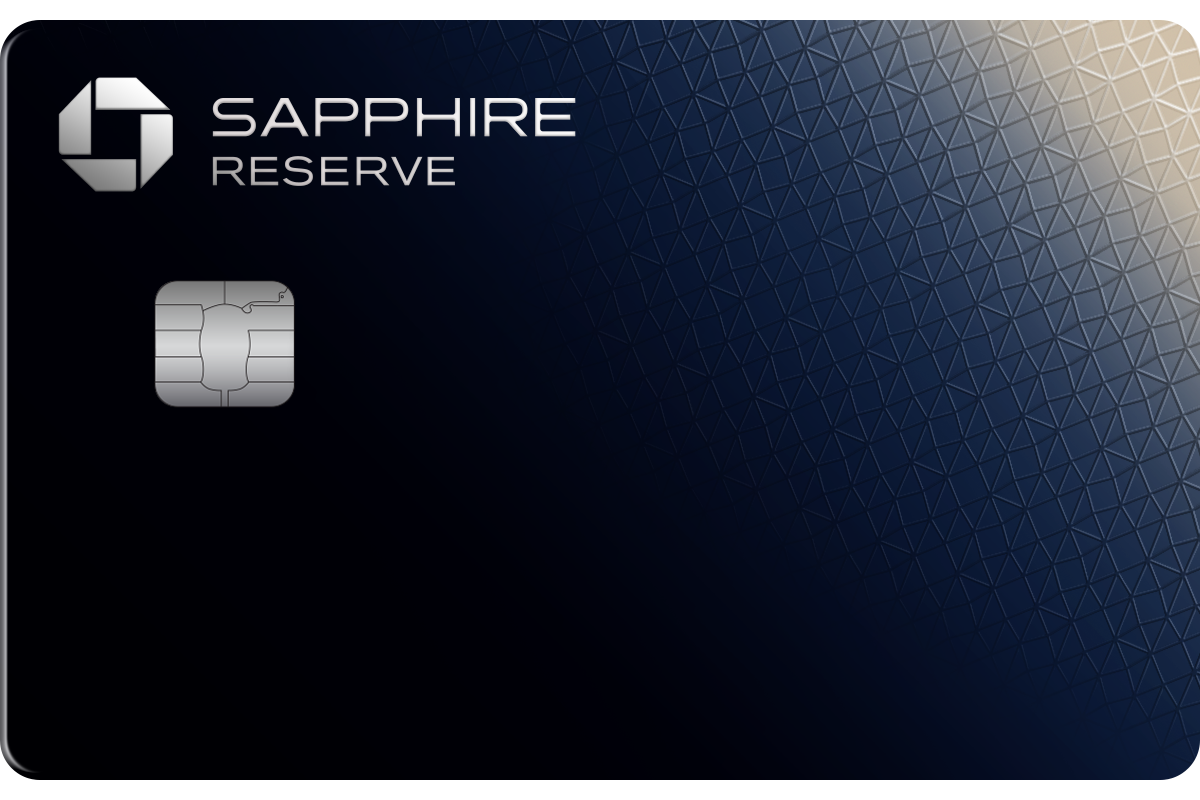
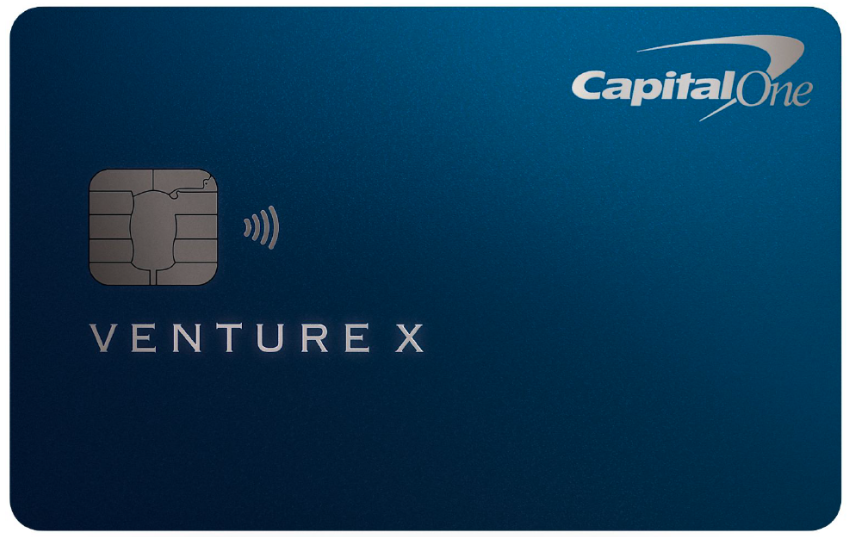
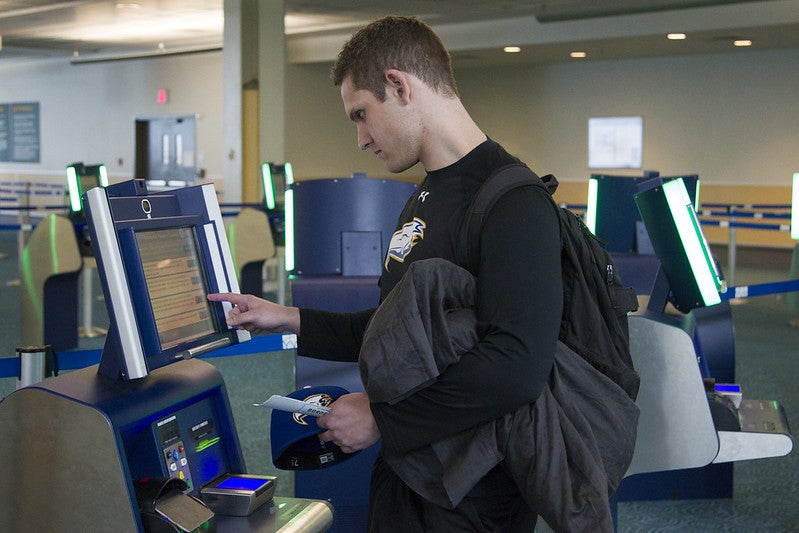
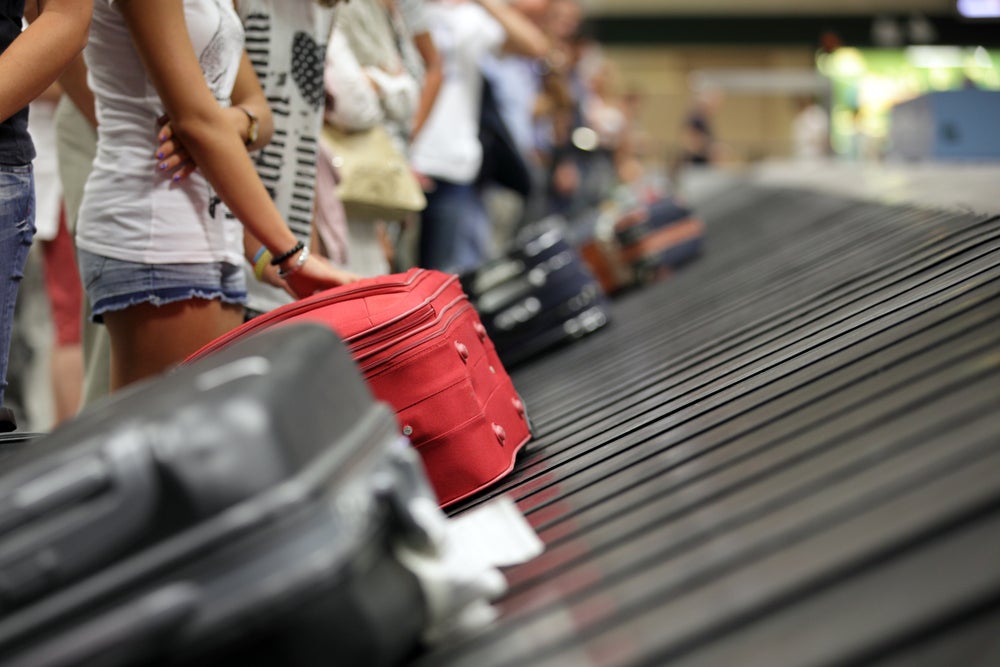
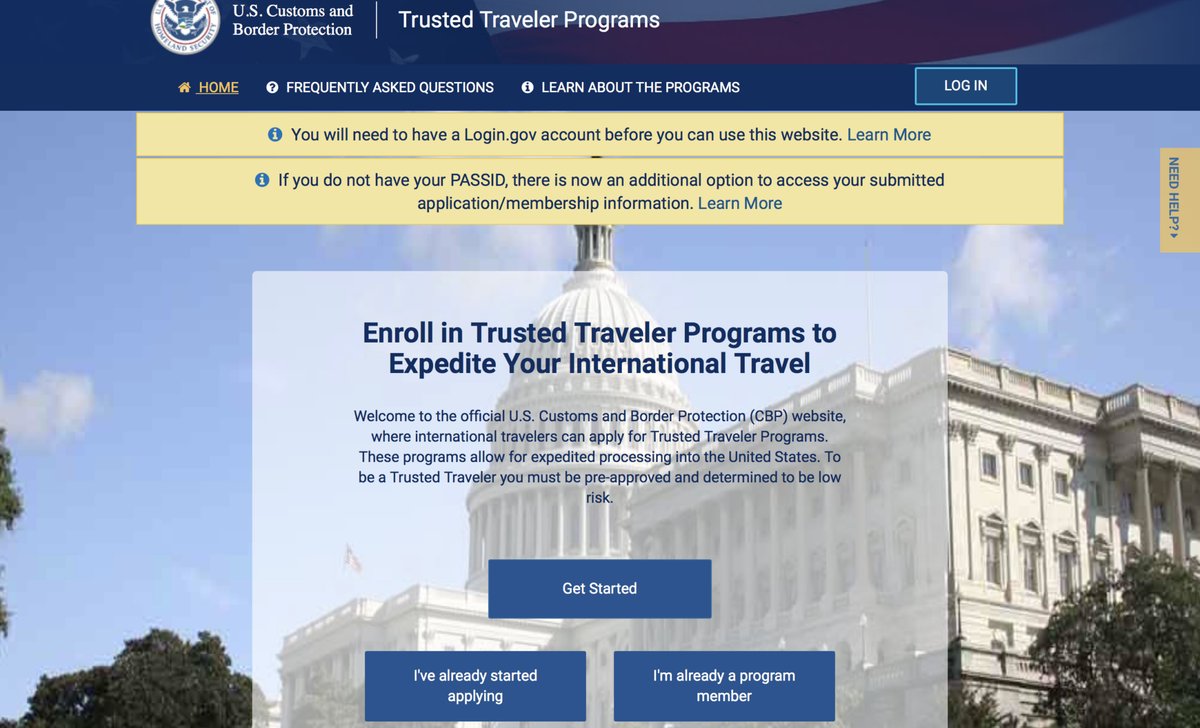
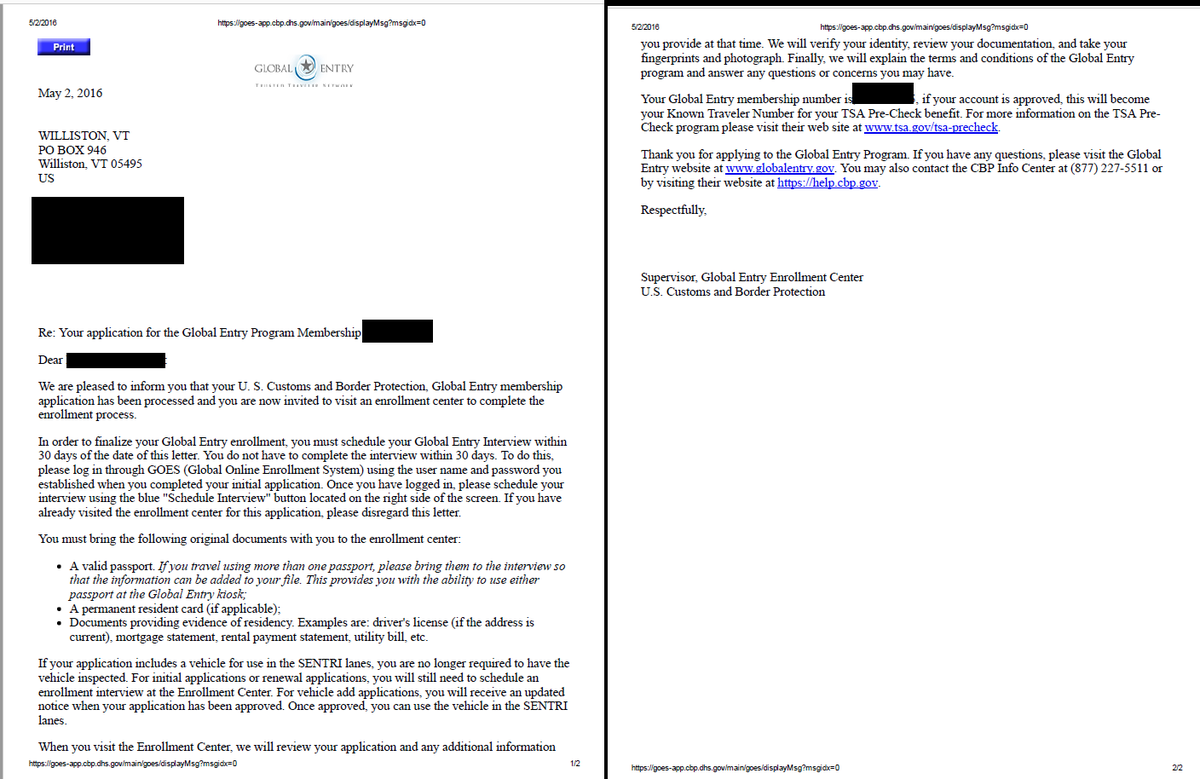
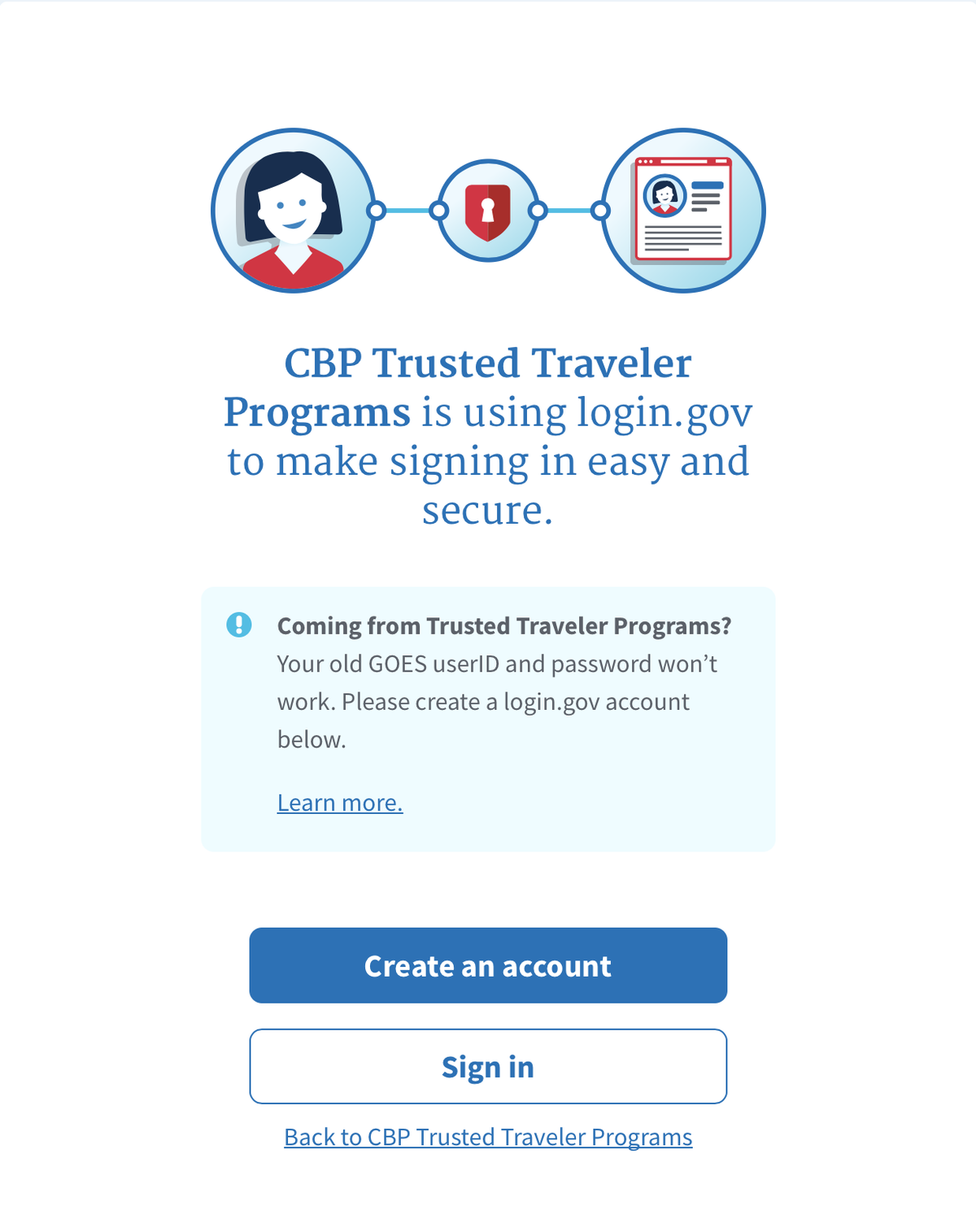
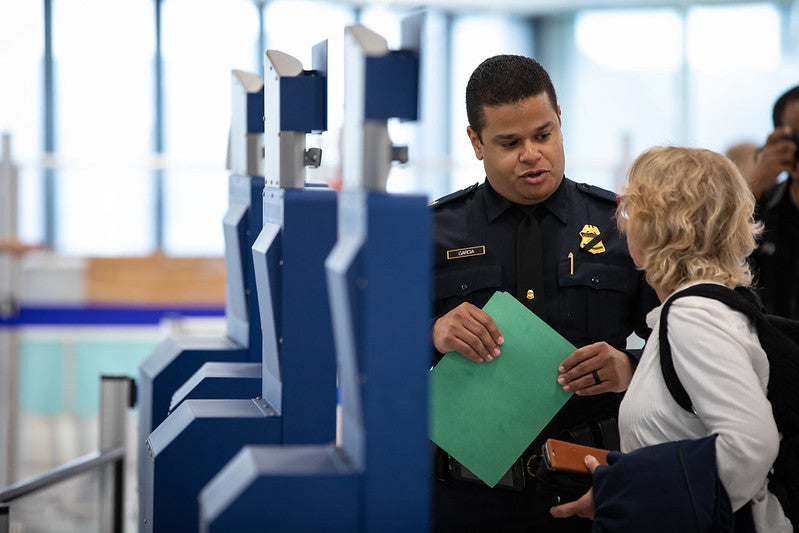
![The Global Entry Program – 21 Frequently Asked Questions [2025]](https://upgradedpoints.com/wp-content/uploads/2019/02/Global-Entry-card-and-passport.jpg?auto=webp&disable=upscale&width=1200)


![Wyndham Rewards Loyalty Program Review [2025]](https://upgradedpoints.com/wp-content/uploads/2017/10/Wyndham-Grand-Phuket-Kalim-Bay.jpeg?auto=webp&disable=upscale&width=1200)